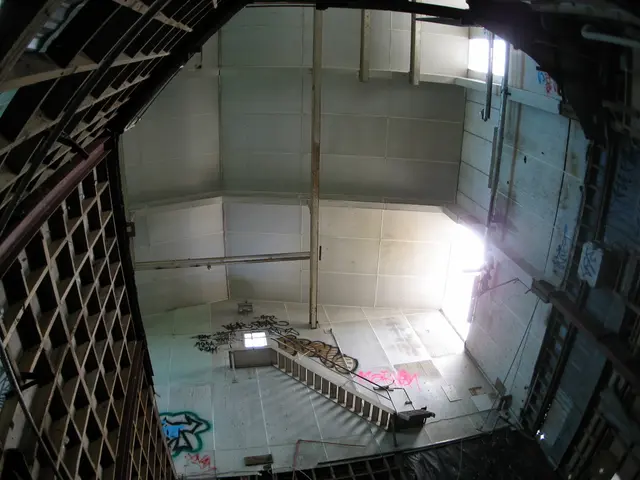Space Propulsion Technique: Gravity Assist - Meaning and In-Depth Description - Lexicon of Rockets and Thrust
===============================================================================
In the realm of space exploration, the concept of gravity assist has proven to be a game-changer. This technique, which harnesses the gravitational pull of celestial bodies to propel spacecraft, has been instrumental in numerous groundbreaking missions.
Gravity assist contributes significantly to fuel efficiency in rocketry. By allowing spacecraft to gain speed without expending additional fuel, it has enabled missions to venture further and conduct extensive research. As technology advances and space missions become more ambitious, gravity assist will undoubtedly continue to play a crucial role in shaping the future of space exploration.
Let's delve into some successful missions that have utilised gravity assist maneuvers:
- Europa Clipper (launched 2024): This mission, scheduled for launch next year, will utilise multiple gravity assists, including a flyby of Mars to adjust its path and velocity on its way to the Jovian system. This maneuver allows for trajectory fine-tuning without expending additional fuel[1].
- Voyager 1 and Voyager 2 (launched 1977): These iconic spacecraft used gravity assists from planets to gain velocity and alter their paths, enabling them to reach the outer solar system and beyond into interstellar space. Their mission included passing the termination shock, heliosheath, and entering interstellar exploration phases[2].
- Apollo 13 (1970): In a critical situation, Apollo 13 employed a free-return trajectory around the Moon, leveraging lunar gravity to safely return the damaged spacecraft to Earth. A powered maneuver near pericynthion (closest lunar approach) adjusted its trajectory for splashdown in the Pacific Ocean, which was optimal for recovery[3].
- Psyche spacecraft (launched 2023): This mission, set to launch next year, will utilise a Mars gravity assist in 2026 to gain the necessary velocity for reaching the metal-rich asteroid Psyche. This is part of a carefully choreographed trajectory involving spirals and planetary flybys to save fuel and travel time[5].
These examples underscore the importance of gravity assists in spacecraft navigation. By reducing the amount of fuel needed for propulsion, gravity assist makes missions more efficient and cost-effective. It offers benefits in propulsion, trajectory planning, and mission efficiency.
However, advanced mathematical modeling and simulation are necessary for trajectory planning when using gravity assist. Multiple gravity assist maneuvers may be required to reach distant destinations, adding complexity to mission planning and execution. Gravity assist maneuvers also require precise timing and positioning to execute successfully.
In conclusion, the power of gravity assist continues to shape the future of space exploration, enabling spacecraft to venture further and conduct extensive research while maintaining fuel efficiency. As we embark on new missions, we can expect gravity assist to play a significant role in our journey to the stars.
[1] NASA. (n.d.). Europa Clipper. Retrieved from https://solarsystem.nasa.gov/missions/europa-clipper/ [2] NASA. (n.d.). Voyager. Retrieved from https://voyager.jpl.nasa.gov/ [3] NASA. (n.d.). Apollo 13. Retrieved from https://www.nasa.gov/mission_pages/apollo/missions/apollo13.html [4] NASA. (n.d.). Psyche Mission. Retrieved from https://www.nasa.gov/mission_pages/psyche/main/index.html
Science and technology have played pivotal roles in the advancement of space exploration, and gravity assist maneuvers are a testament to their importance. By utilizing the gravitational pull of celestial bodies, these maneuvers have contributed significantly to the fuel efficiency of rocketry, thereby enabling extensive space-and-astronomy research, as demonstrated by successful missions like Europa Clipper, Voyager 1 and 2, Apollo 13, and Psyche spacecraft. As we continue to explore the cosmos with increasing ambition, the strategic application of gravity assist will undoubtedly continue to shape the future course of space exploration.




